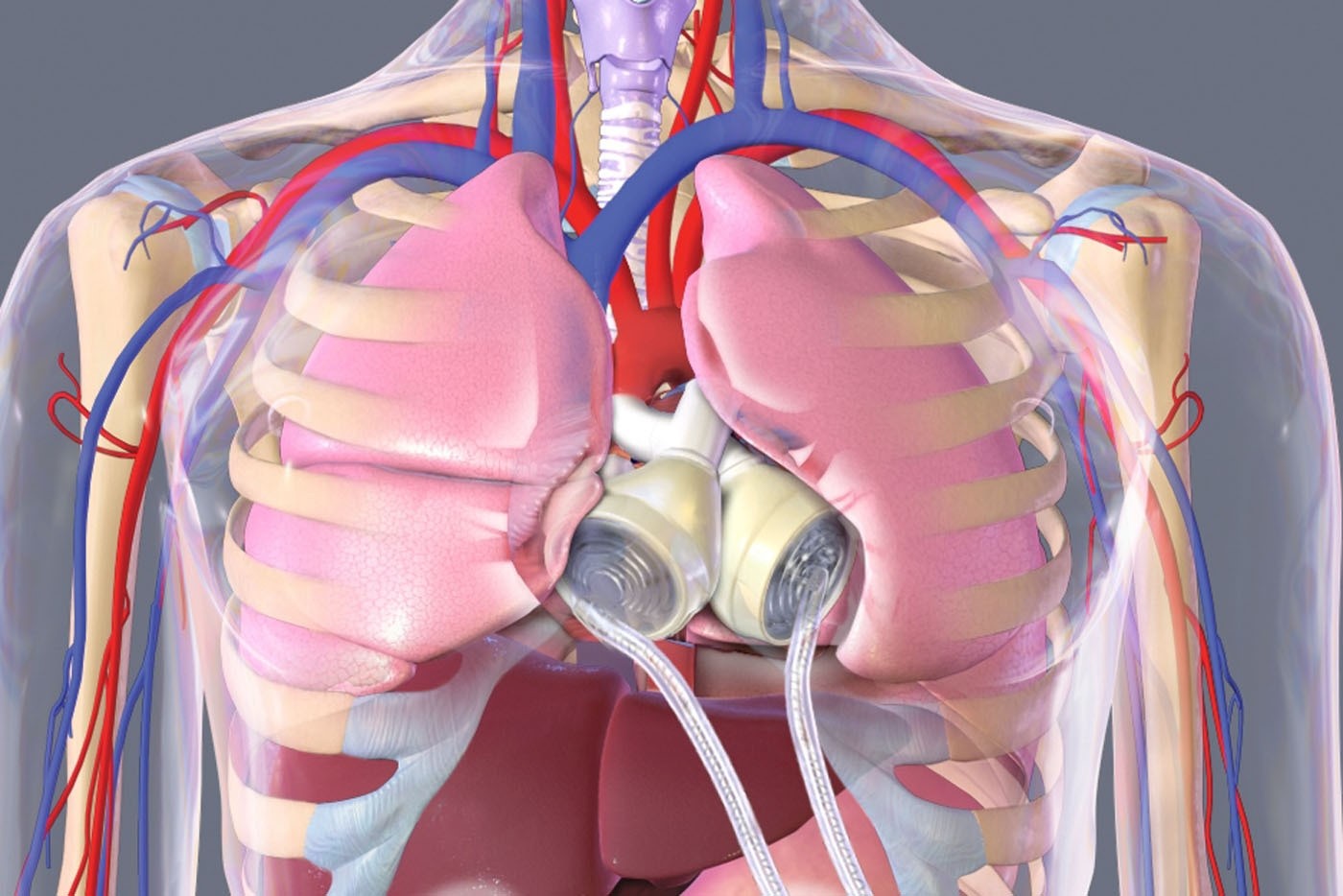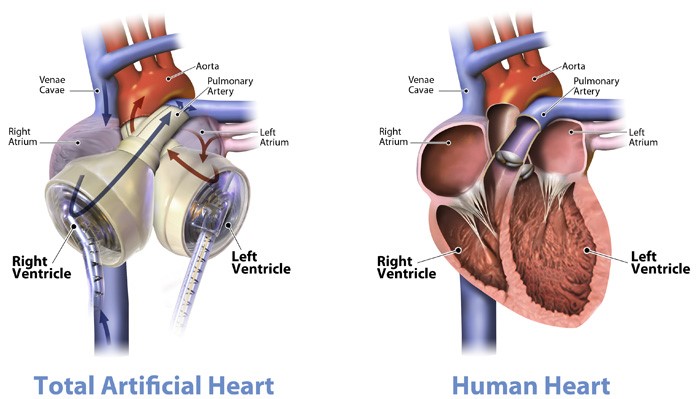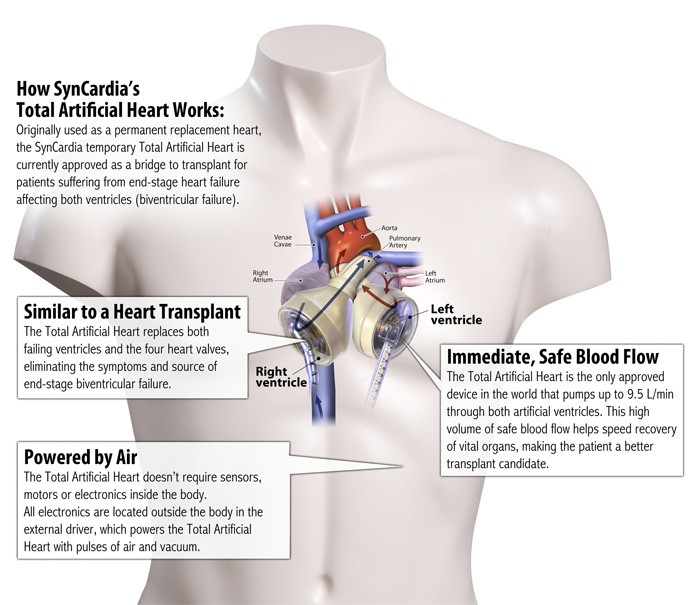
Stan Larkin isn’t an average 25-year-old male; he just survived for 555 consecutive days without a heart, by wearing an artificial one within a backpack. The device, known as a SynCardia, pumped blood throughout his body and needed to be worn 24/7 to keep him alive. Nearly two years later, Stan is thriving after receiving a heart transplant. The success of the procedure suggests SynCardia may offer total heart failure patients a positive alternative to being strapped and bedridden to a 418 lb machine while waiting for a donor.
Stan’s heart failure stemmed from a genetic condition called familial cardiomyopathy, which can trigger the effect at any time without a warning. The condition was diagnosed during Stan's teenage years, and he’s been on the donor list since. Eventually, Stan, as well as his younger brother Domonique—also diagnosed with the same condition—were given the option of being outfitted with the SynCardia.
“They were both very, very ill when we first met them in our intensive care units,” said the surgeon behind the transplant, Jonathan Haft, from the University of Michigan Frankel Cardiovascular Center. “We wanted to get them heart transplants, but we didn't think we had enough time. There's just something about their unique anatomic situation where another technology wasn't going to work.”

As a permanent replacement heart, SynCardia functions as a bridge to transplant for patients suffering from end-stage heart failure affecting both ventricles. Similar to an actual heart transplant, the device replaces four of the heart’s valves as well as both of the failing ventricles, thereby eliminating the source of the disease. Its interior components do not require sensors, motors, or electronics; these are all equipped with the external device, which pumps up to 9.5 liters of blood per minute using pulses of air and vacuum.

Once implanted, the FDA-approved device restores normalized blood flow in patients, sustaining vital organ function long enough to prepare the patient for an actual heart transplant. According to the clinical trials that resulted in SynCardia’s approval, 75% of all Total Artificial Heart patients were out of bed within one week of the transplant, which is a huge improvement over previous solutions.
Stan received his donor heart on May 9, 2016, and had since recovered from the operation. His story elicits hope for a patients on the verge of dying from heart failure, offering a bridge to a transplant and a more comfortable way to live.
Advertisement
Learn more about Electronic Products Magazine





